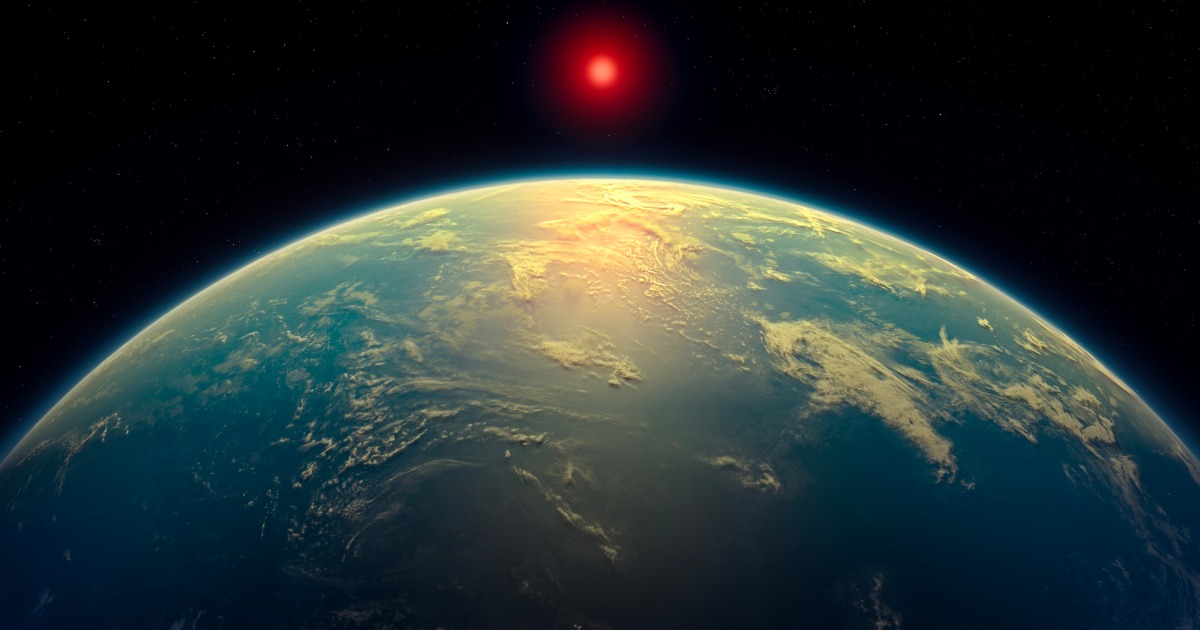
Gamma-ray Imaging
Gamma-ray imaging is a technique used in space and astronautical engineering to detect and image gamma rays emitted by celestial objects. Gamma rays are the most energetic form of electromagnetic radiation and are produced by high-energy processes such as supernovae, black holes, and pulsars. Gamma-ray imaging involves the use of specialized detectors, such as gamma-ray telescopes, to capture and measure the energy and direction of incoming gamma rays. This data is then processed to create images of the gamma-ray sources, which can provide valuable insights into the nature and behavior of these celestial objects.
Your Previous Searches
Random Picks
- Manned Mission: A manned mission is a space mission in which a human crew is present on board the spacecraft. Manned missions have been conducted for various purposes such as scientific research, exploration, and transportation of crew and cargo to and fro ... Read More >>
- Neutron Beam: A neutron beam is a stream of neutrons that are produced by a neutron source and are used for various purposes in space and astronautical engineering. Neutron beams are used to study the properties of materials, to detect defects in materia ... Read More >>
- Ecological Dynamics: Ecological Dynamics is the study of the interactions between living organisms and their environment, and how these interactions change over time. In the context of space and astronautical engineering, ecological dynamics is concerned with u ... Read More >>
Top News

This week on "Sunday Morning" (April 20)...
A look at the features for this week's broadcast of the Emmy-winning program, hosted by Jane Pauley....
News Source: CBS News on 2025-04-17

Scientists detect strongest hints yet of life on a distant planet...
Scientists have detected unique chemical patterns similar to those produced by the Earth's algae and seaweed — raising the possibility of the presence of a warm ocean, perhaps teeming with life, on ...
News Source: NBC News on 2025-04-17

Is there life on another planet? Scientists find the strongest evidence yet...
Near a planet far, far away astronomers have found traces of chemicals that on Earth are only produced by living beings....
News Source: Al Jazeera English on 2025-04-17

Scientists find strongest evidence yet of life on an alien planet | CNN...
In a potential landmark discovery, scientists using the James Webb Space Telescope have obtained what they call the strongest signs yet of possible life beyond our solar system, detecting in an alien ...
News Source: CNN on 2025-04-17
Katy Perry's trip to space wasn't inspirational. It was tone-deaf marketing....
Katy Perry indulged in a space tourism trip Monday, courtesy of Jeff Bezos' company. It's the latest in a long line of missteps for the singer....
News Source: Business Insider on 2025-04-14